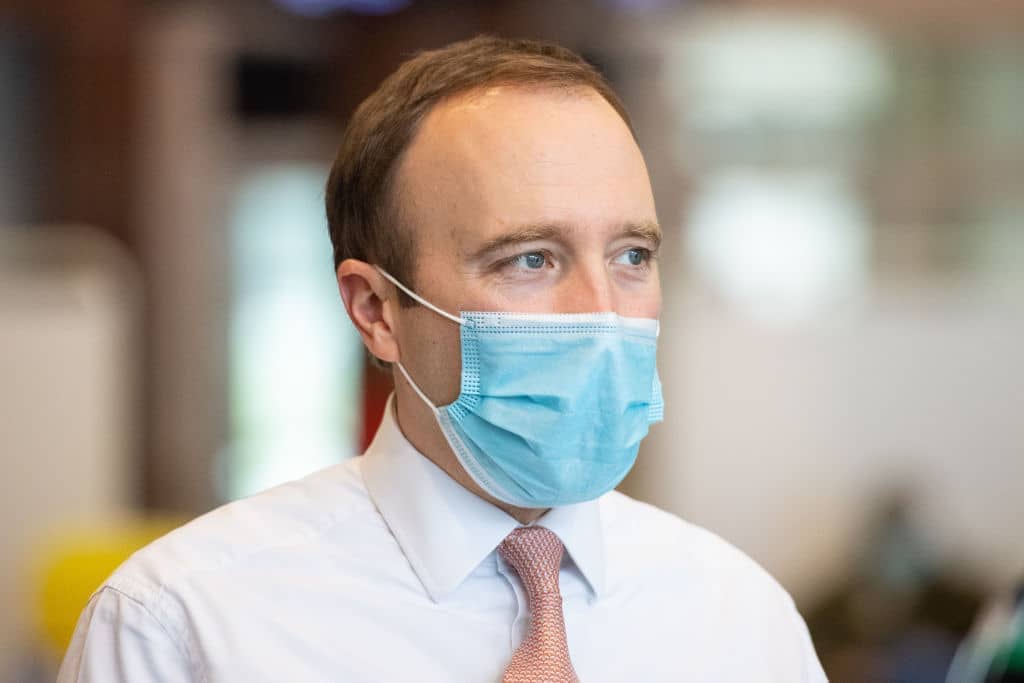The High Court’s ruling today that the government broke the law on the discharge of patients to care homes in the early days of the pandemic further undermines the claim by the then Health Secretary Matt Hancock that ministers had thrown a ‘protective ring’ around the sector.
The case was brought by two relatives, Cathy Gardner and Fay Harris, of care home residents who died after testing positive for Covid. Their argument was that six policies in place at the start of the pandemic represented ‘one of the most egregious and devastating policy failures in the modern era’. The fathers of Gardner and Harris were among the 20,000 people in care homes who died after testing positive between March and June 2020. The pair argued that one of the worst failures was the mass discharge of 25,000 patients from hospital to care homes without Covid testing or proper isolation arrangements in place, meaning the virus rampaged among vulnerable and frail populations. They also cited poor – and initially non-existent – advice on PPE which made it even harder to protect the residents of the homes.
Care homes were always clearly an afterthought and the ‘protective ring’ line laughable
The discharge policy is something politicians and NHS figures have been squabbling over for some time, despite Hancock’s ‘protective ring’ line. Was it conceived in Whitehall or in the NHS itself? The rationale behind it was that it would free up beds in hospitals ahead of the anticipated wave of Covid patients. But because some of those being discharged from hospital had Covid themselves, this led to a wave within care homes: a deadly one.
The phrase ‘protect the NHS’ was a powerful one in the public health messaging in the pandemic. It was also a description of where the focus lay in government. The health service was the priority, not the care homes these patients went into. There are lots of reasons for this, but one is clearly a political calculation that the NHS matters to the public in a way care of the elderly does not. That is why successive governments have been able to shirk proper social care reform. That includes this government, by the way, as its levy does nothing to improve the quantity or quality of care.
Of course, the knock-on impact of a care sector that has been on its knees for years is costly for the NHS: patients who are medically fit for discharge but who do not have the care package they need for a safe discharge cost the health service hundreds of pounds for every day they occupy their bed on a ward. Again, our societal attitude to the elderly and infirm rears its ugly head not just in the way those patients are individually made to feel guilty by healthcare professionals under huge pressure to discharge them anyway but also in the blanket term ‘bed blockers’.
It is debatable that the NHS itself was really protected throughout the pandemic. But care homes were always clearly an afterthought and the ‘protective ring’ line laughable. Today’s judgement only underlines that.







Comments